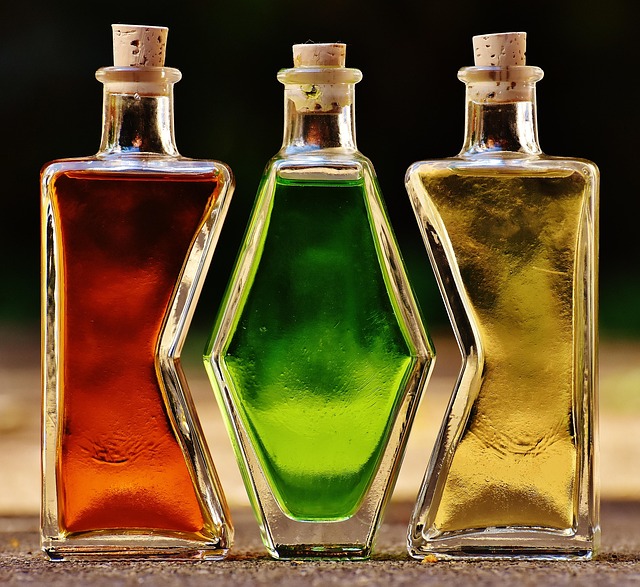When it comes to photography, one of the most captivating aspects is the play of colors. The art of color matching can transform a seemingly ordinary photograph into a vivid masterpiece, inviting viewers to engage with the emotions each hue conveys. Whether you’re a seasoned photographer or just starting out, understanding the techniques of color matching can elevate your work to new heights.
Your camera is not just a tool; it’s a bridge between your vision and reality. The way you manipulate its settings—shutter speed, aperture, and ISO—can dramatically influence the output of colors in your photos. To achieve optimal results, consider the various lighting conditions and how they interact with your subject and background. The golden hour, for instance, casts a warm, soft light that enhances the vibrancy of colors. Experimenting with your camera in different lighting situations is key to mastering how colors can complement or contrast with one another.
Utilizing different lenses can also greatly affect color perception. Wide-angle lenses tend to capture a broader spectrum of light, while macro lenses allow intricate details and subtle tones to shine. Each lens has unique optical properties that can highlight different aspects of a scene, making color matching a dynamic part of your photographic arsenal. Consider the implications of these optics as you frame your shots; the right choice can lead to breathtaking results that resonate on an emotional level.
Post-processing is another invaluable phase where you can refine your color palette. Software tools like Adobe Lightroom or Photoshop can enhance your images dramatically. Simple adjustments to saturation, contrast, and highlights can breathe life into your photographs. Learning how to use these tools effectively allows you to correct any imbalances and achieve a harmonious blend of colors that align with your artistic vision.
As you explore the depths of color matching, remember that each color communicates a feeling. For example, warm tones evoke feelings of warmth and comfort, while cooler shades can elicit serenity and calmness. Understanding the psychology of color can guide you in curating emotion through your images. Take time to study the colors that resonate with you and try to translate that sentiment into your work.
Finally, don’t forget the importance of practice and experimentation. Each shot offers an invaluable learning experience. Try different combinations to see what works best for your unique style. Visit different environments, play with the angles, and explore various subjects. Each photograph captures a moment in time, and through color matching, you can tell an even deeper story.


